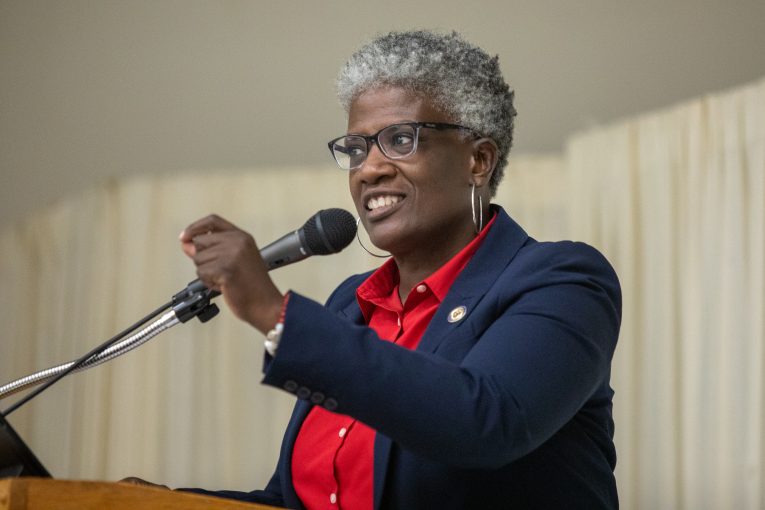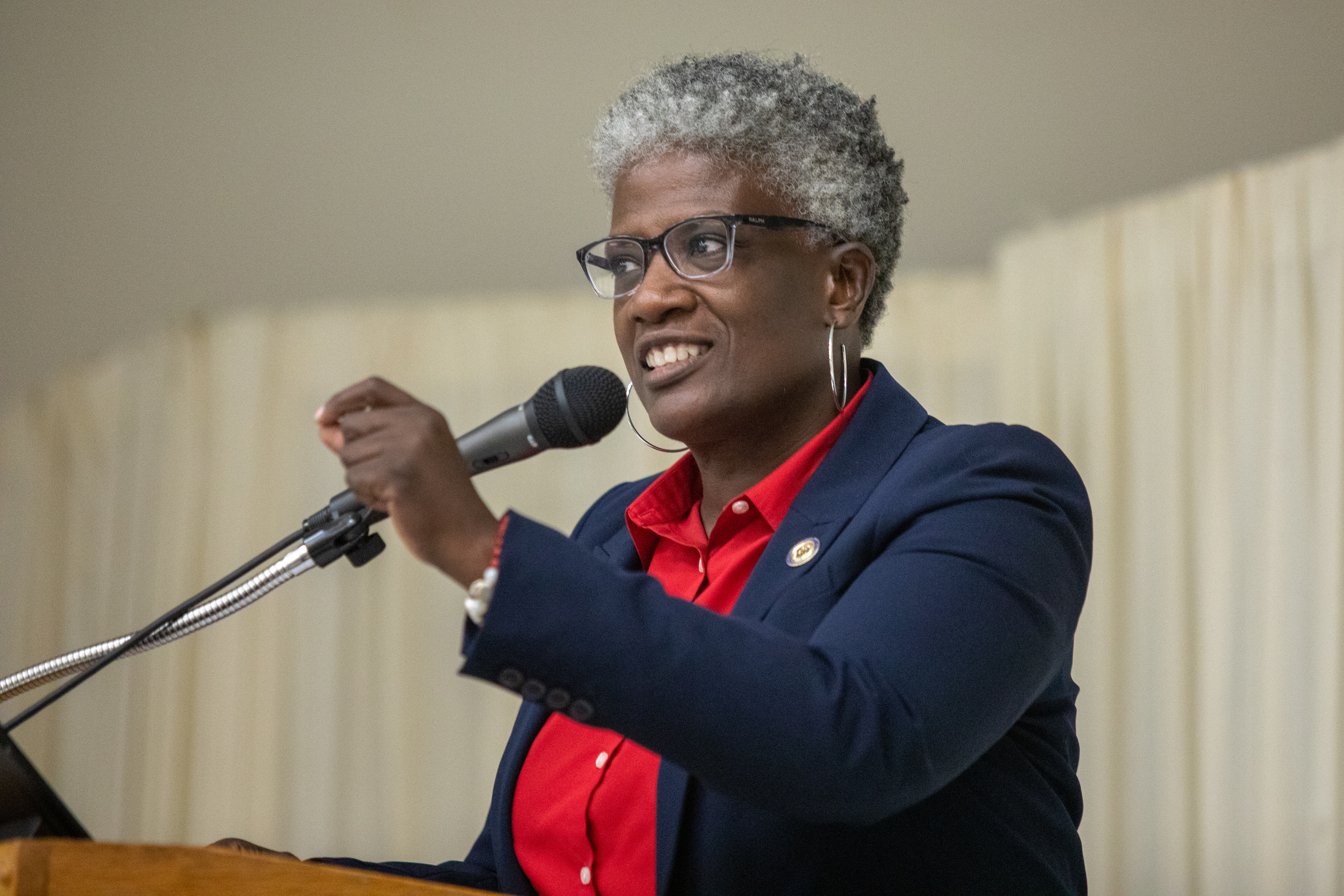

By Joshua Cenzano
SAN FRANCISCO, CA – Prosecutors wield unparalleled discretionary authority in the criminal justice system, deciding whether to charge suspects and with what crime and pushing for long or short sentences depending on circumstance, note criminal justice reform advocates, who add it is a power unmatched by legislators, who can only set the guidelines by which prosecutors must then use their discretion to abide.
The last half century has seen a large increase in the rate of incarceration by prosecutors, as they rely on correctional supervision to act as a deterrent and presumably reduce crime, according to the think tank Data for Progress, noting a growing body of research is showing that this method is less effective in practice than in theory, and a larger number of prosecutors across the country are implementing new policies to address this issue.
Studies conducted by the Alliance for Safety and Justice have indicated that those who face incarceration are more likely to be poor, young, Black, and more likely to face further incarceration after their first offense.
Data for Progress has surveyed prosecutors in Los Angeles, Chicago, Philadelphia, San Francisco, Austin, and Boston and numerous other jurisdictions have begun employing new approaches to increase public safety without having such a high rate of incarceration.
Among these policies is a reduced reliance on incarceration for relatively minor crimes. Whether it is before or after trial, prosecutors have a remarkable amount of discretionary power over the incarceration status of suspects and defendants, and some have started declining to seek  incarceration in certain cases.
incarceration in certain cases.
For example, the District Attorney of Durham County, North Carolina has worked to lower the rate of incarceration in cases involving marijuana possession, possession of controlled substances that do not involve sale or violence, shoplifting, trespassing, and prostitution.
As a result, the county’s jail and prison populations have decreased by about 40 percent. Similarly, the District Attorney of San Francisco has implemented similar policies, leading to a decrease in the incarcerated population from about 1,200 individuals to about 800.
Since the offices of District Attorneys possess unilateral control over which cases to prosecute and to what extent, the policy choices of elected DAs can have sweeping effect on incarceration and as a result, public safety. Many DA offices have adopted the position that certain low-level crimes should not be prosecuted since incarceration would not benefit public safety in the long run, suggests studies.
As an example, the Suffolk County District Attorney campaigned on the premise that she would decline to prosecute 15 certain misdemeanor offenses in an effort to divert resources toward the prosecution of more serious crimes. Some of the violations that Suffolk County now declines to prosecute includes breaking and entering in a vacant property to sleep, driving with a suspended license, and underage possession of alcohol.
The National Bureau of Economic Research has since found that Suffolk County has experienced a reduction in crime as a result, noting people the District Attorney declined to prosecute had 65 percent less misdemeanor arrests and 75 percent less felony arrests over a two-year period than did people who faced prosecution for similar offenses.
This case study provides support for the policy of declining to prosecute certain minor offenses in the name of overall public safety and crime reduction.
Reform-minded prosecutors have also been pursuing effective diversion programs in lieu of prosecution in certain cases, said Data for Progress . These programs include dismissal of criminal charges upon achievement of certain conditions, such as completion of a rehabilitation program or a term of community service.
Prosecutors have especially emphasized, studies show, expanded availability of these programs to juveniles, those with mental illnesses, and some suspects charged with illegal possession of guns or narcotics. Jurisdictions with programs like these intend to divert certain groups away from incarceration in favor of rehabilitation, with the belief that this will serve as a more effective deterrent in the long run.
As an example, the District Attorney of Dallas County has focused on creating better outcomes for both suspects and the larger community. He has described his approach as an attempt to divert resources into a more allocatively efficient scheme which will ultimately reduce crime and promote public safety.
In 2019 and 2020, Dallas County offered mental health-related pre-trial investigations in 828 cases, where the District Attorney’s office agreed to conditionally drop criminal charges as long as the defendant completed some combination of negotiated requirements, usually involving a course or community service.
Of those 828 cases, 708 cases agreed to the negotiated offer, meaning those cases involved no incarceration while minimizing danger to the surrounding community.
Prosecutors across jurisdictions have also taken aim at predatory cash bail systems, arguing that they disproportionately affect the poor and are inherently inequitable, said Data for Progress, adding many surveyed prosecutors are intent on reforming pretrial systems, hoping to reduce hardship imposed on individuals and communities without involving too high a tradeoff against public safety.
A large percentage of surveyed prosecutors stated that they affirmatively request release of many defendants at initial bail hearings, the survey shows. Only against those who prosecutors believe pose a flight risk or danger to the community do they request cash bail before trial.
Examples of cases include suspects accused of murder, sexual assault, kidnapping, human trafficking, and other felonies.
Data for Progress note prosecutors have also looked to expand conviction integrity units to investigate and identify wrongful convictions. These units work to parse previous convictions and identify any possible miscarriage of justice on behalf of convicted defendants.
In general, the Data for Progress research shows that in light of the failure of greater incarcerations to reduce crime or deter further offenses, prosecutors throughout the nation have begun implementing measures to shift the emphasis from incarceration to rehabilitation and deterrence for certain lower-level offenses in hopes of reducing overall crime rate and protecting community safety.







Data for Progress. Read: Data for Progressives
This reminds me of the claim that Prop 47 was somehow for safer schools.